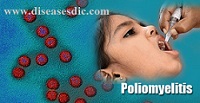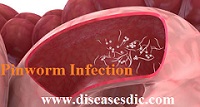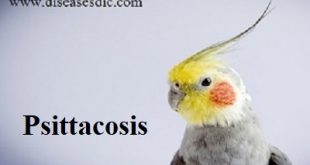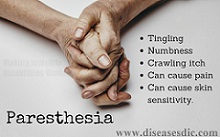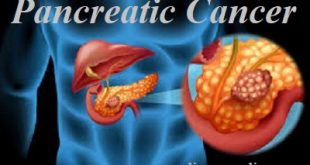Introduction Poliomyelitis, commonly known as polio, is an infectious viral disease caused by the genus Enterovirus from the Picornaviridae family. Poliomyelitis is a paralytic disease resulting from the destruction of motor neurons in the central nervous system and can lead to partial or full paralysis. Structure of polio virus …
Read More »Pinworm Infection or Enterobrosis – Epidemiology and Medications.
Introduction Pinworm Infection (Enterobrosis) is a benign intestinal disease caused by a short spindle-shaped worm 1/4 -1/2 inches long and whitish color. It may occur in both children and adults and usually infects the whole family. The adult worms reside in the colon of the host and the females deposit …
Read More »Psittacosis or Parrot Disease – Symptoms, Treatment, and Prevention.
Definition Psittacosis is an uncommon infectious disease that is most often transmitted to humans through exposure to infected birds, especially parrots, cockatiels, parakeets and similar pet birds. Psittacosis can affect the lungs and may cause inflammatory illness of the lungs (pneumonia). Additional common symptoms include fever, muscle pain (myalgia), headaches, …
Read More »Photophobia – Causes, Complications, and Diagnosis.
What is photophobia? Photophobia is not a fear of light, as the name might suggest, but rather it is an intolerance or sensitivity to light that can lead to extreme pain and discomfort. Sources of light such as fluorescent light, sunlight, and incandescent light can all be responsible for causing …
Read More »Paresthesia – Definition, Risk factors, and Treatments.
Definition Paresthesia is a disorder in the sensory perception in which, in the absence of external stimuli (like cold, warmth of pressure), spontaneous itching or tingling is perceived. In addition, an altered sensation to temperature and touch can occur. Paresthesia may also be an expression of neuropathy. Chronic paresthesia can …
Read More »Pityriasis Versicolor – Symptoms, Treatment, and Prevention.
Definition Pityriasis means a type of fine skin scaling, and versicolor means changing colour. Pityriasis Versicolor is a common and harmless rash due to the overgrowth of yeasts that live on everyone’s skin. Pityriasis Versicolor is also called as Tinea versicolor;. These yeasts, called Malassezia, are not related to yeast …
Read More »Pellagra – Introduction, Symptoms, and Prevention.
Introduction Pellagra is a disorder due to inadequate dietary intake of niacin and/or tryptophan, manifested by a characteristic dermatitis on areas of the skin that are exposed to the sun, beginning as an erythema with pruritus that may lead to vesticulation but more frequently becomes chronic, rough, scaly, and hard …
Read More »Pancreatic Cancer – Causes, Symptoms, and Prevention.
Definition Pancreatic cancer begins in the tissues of your pancreas an organ in your abdomen that lies horizontally behind the lower part of your stomach. Your pancreas releases enzymes that aid digestion and hormones that help manage your blood sugar. Pancreatic cancer typically spreads rapidly to nearby organs. It …
Read More » Diseases Treatments Dictionary This is complete solution to read all diseases treatments Which covers Prevention, Causes, Symptoms, Medical Terms, Drugs, Prescription, Natural Remedies with cures and Treatments. Most of the common diseases were listed in names, split with categories.
Diseases Treatments Dictionary This is complete solution to read all diseases treatments Which covers Prevention, Causes, Symptoms, Medical Terms, Drugs, Prescription, Natural Remedies with cures and Treatments. Most of the common diseases were listed in names, split with categories.
